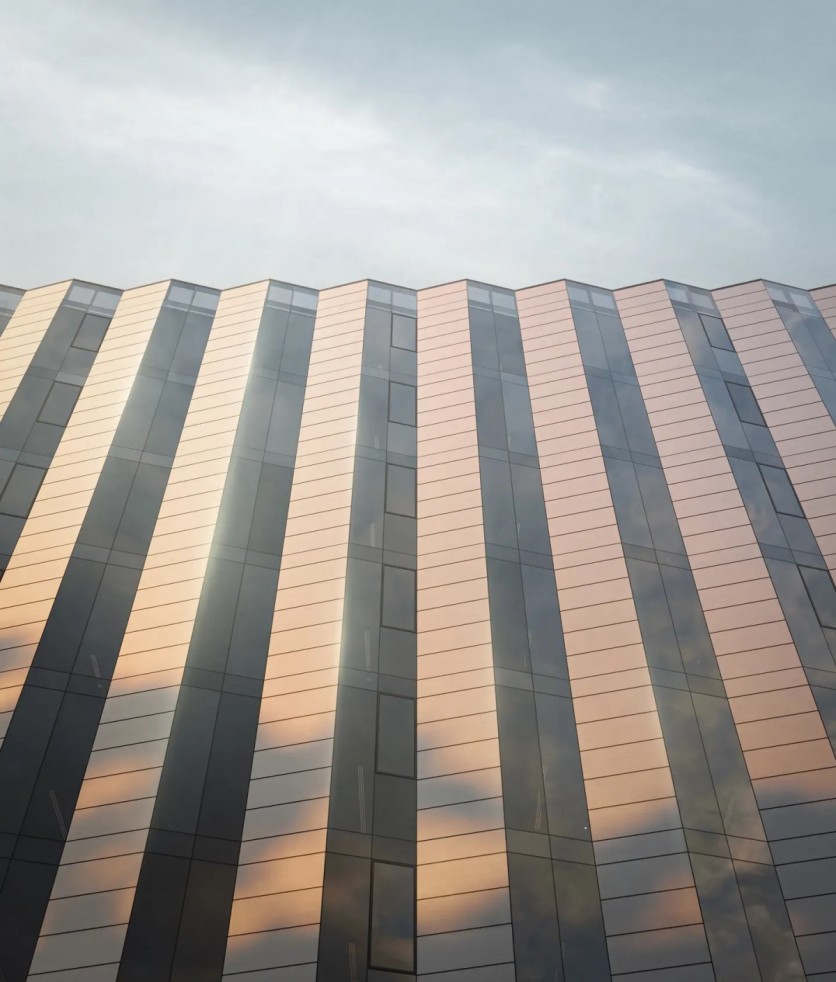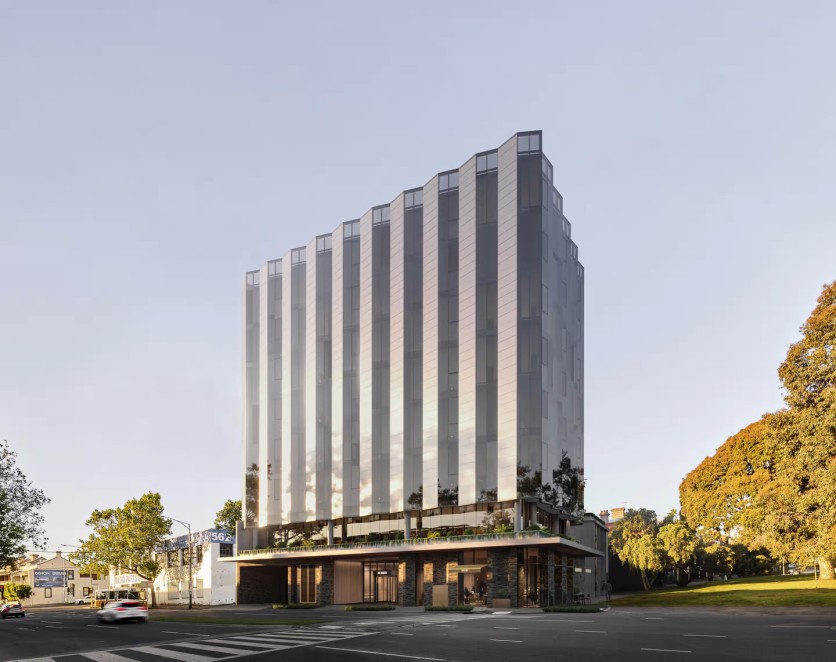Renewable energy sources like solar are gaining momentum more than ever as the globe searches for ways to meet its energy needs without releasing carbon dioxide.
Now, the first-ever "solar facade" is looking to innovate the use of solar energy as it will be installed on an under-construction building in Australia, helping it produce more energy than it requires, according to a report by New Atlas.

Cutting-Edge Solar Facade
Kennon, an Australian company, has unveiled plans for a large-scale solar power project in Melbourne. The eight-story office building, 550 Spencer, will utilize a cutting-edge solar facade consisting of 1,182 solar panels to generate 50 times more power than standard solar panels.
It is worth noting that 550 Spencer's design goes beyond merely attaching typical solar panels to the facade. Instead, it will have a glass-like solar facade that uses 1,182 integrated solar panels to collect energy from the Sun's rays.
According to Kennon, the project will result in Australia's first building of a solar facade. Apparently, there were no panels available locally. Hence, the company had to hire the German company Avancis to supply them.

Testing The Panels
However, there was one significant issue. The country's building appeal board had not given the glass aircraft that Kennon intended to employ the requisite licenses.
In order to test these panels, the studio collaborated with a nearby construction fire safety company. To investigate how the panels might react to such an incident, a copy of the facade was constructed and put on fire.
The data from these tests were then meticulously collected and submitted to the appropriate authority to obtain the required approvals for construction utilizing these panels.
The system is anticipated to produce 142kWp (kilowatt peak), the maximum amount of energy it can produce on a peak sunny day.
This is far more than the 3-6 kWp that typical rooftop solar panel systems provide for a typical household, as noted by Interesting Engineering.
The enormous quantity of power the building will produce will not only be significantly greater than the energy it will use, but it will also stop the annual production of 78.4 tons (70 tonnes) of carbon dioxide.
By 2024, the structure is anticipated to be finished.
Related Article : How MIT's Space Bubbles Project Can Protect Earth From Solar Radiation! Other Top Global Warming Solutions
This article is owned by Tech Times
Written by Joaquin Victor Tacla




